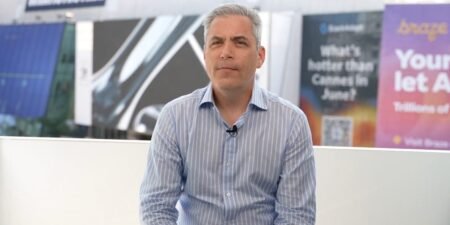SpaceX’s flagship rockets keep blowing up.
On Wednesday night, one of the Elon Musk-run space technology company’s latest rockets erupted into an inferno on the launchpad.
The explosion, which enveloped a portion of SpaceX’s Starbase campus in Texas in fire and smoke, was meant to be a routine test ahead of a launch for the company’s Starship program.
The company plans to use Starship rockets — the successor to its Falcon models — to conduct missions to the moon, and eventually, Mars.
Wednesday’s explosion marks the fourth consecutive failure for SpaceX’s Starship rockets this year.
In May, a Starship rocket successfully made it through the Earth’s atmosphere — but failed to release a payload of practice satellites into space and then spun out of control on its trip back to the planet. Starship rockets also exploded on two other trips this year.
SpaceX has embraced its failures, using data collected from explosions and missteps to improve future products.
Wednesday’s explosion was intended to be a “static fire test,” where the engines fire while the rocket is held on the launchpad with clamps, rather than launched into the atmosphere.
Musk brushed off the mishap as “just a scratch.” He said that preliminary data showed the failure was related to a container of pressurized nitrogen in the payload bay.
“If further investigation confirms that this is what happened, it is the first time ever for this design,” Musk wrote on X, formerly Twitter.
A representative for SpaceX didn’t immediately respond to Business Insider’s request for comment. On X, the company said the test experienced “a major anomaly.” It said all of the company’s personnel were safe and accounted for.
This year’s string of failures marks a stark departure from last year, where the Starship program had better success, proving that its rockets could be reused and even land vertically after a trip to space.
Although SpaceX is a private company, Musk had come under scrutiny from Tesla shareholders earlier this year over his role in President Donald Trump’s administration.
A number of major shareholders have complained that Musk had been spending less time operating the company while he oversaw the Department of Government Efficiency.
SpaceX is heavily reliant on government contracts, and has one with NASA for the Starship to put astronauts on the moon by 2027, before Trump’s term ends.
Musk left the administration earlier this month and exchanged verbal volleys with Trump, accusing him without evidence of blocking the release of government documents related to the now-dead pedophile Jeffrey Epstein. The White House called Musk’s comments “unfortunate.”
SpaceX typically conducts test launches frequently and has a high tolerance for failure, knowing the next test is just around the corner.
The strategy has worked well for the company’s Falcon rocket program, which in over a decade has launched hundreds of flights.
On Monday, the company successfully launched a Falcon 9 rocket into space. The rocket sent more than two dozen Starlink satellites into orbit.
“SpaceX’s philosophy is ‘fail fast, learn faster’ and usually is undeterred by failures like this one,” wrote space policy analyst Marcia Smith of the Starship explosion.
Read the full article here

















